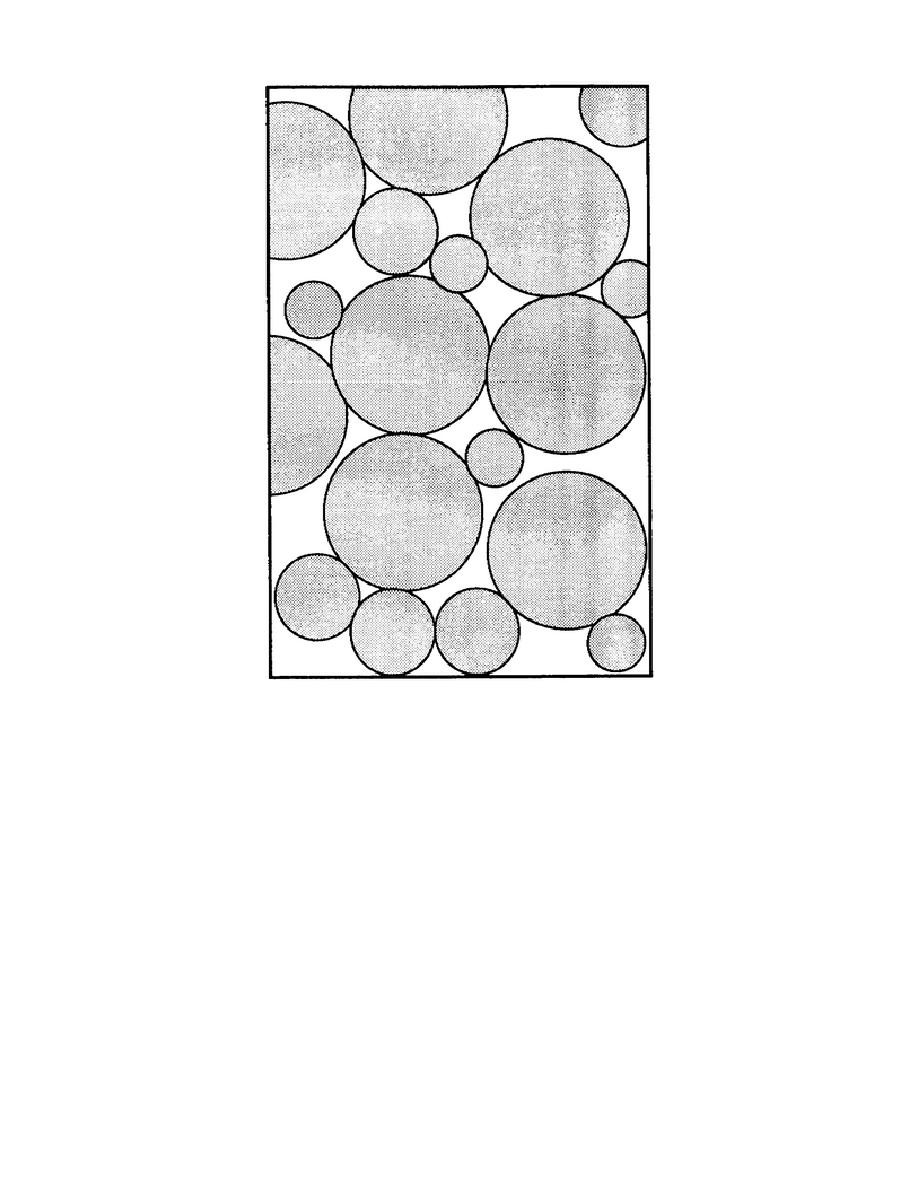
Figure 3-8. Structure of a poorly graded soil
dusty. When wet, silt particles become cohesive, forming a deep, soft mud that presents a definite obstacle to
vehicular movement.
(d) Clay. When clays are completely dry, they are hard and provide excellent trafficability for all
types of vehicles; however, clays are seldom dry except in extremely arid regions. In most areas, clays contain
significant amounts of water and exhibit varying degrees of plastic behavior; therefore, the trafficability of clays
is generally poor to nonexistent.
(e) Organic Material.
Although organic material may be passable when dry, it is commonly
treacherous when wet.
b. Quantitative Determination of Soil Trafficability. In addition to qualitative estimations of soil
trafficability, quantitative determinations may also be made. Direct quantitative measurements of soil
trafficability may be obtained by a 51G through the use of a soil trafficability test set; indirect quantitative
estimations may be made by an 81Q through the use of remotely collected soil information. The detailed
procedures involved in the
3-25
EN5341


 Previous Page
Previous Page
